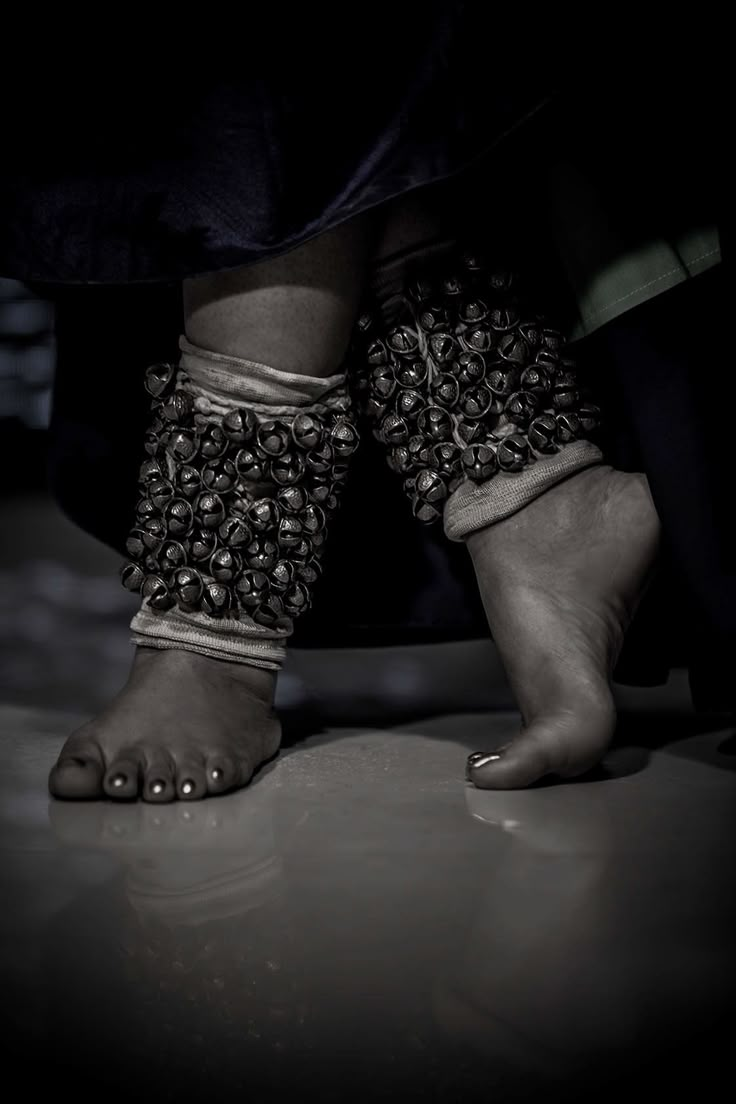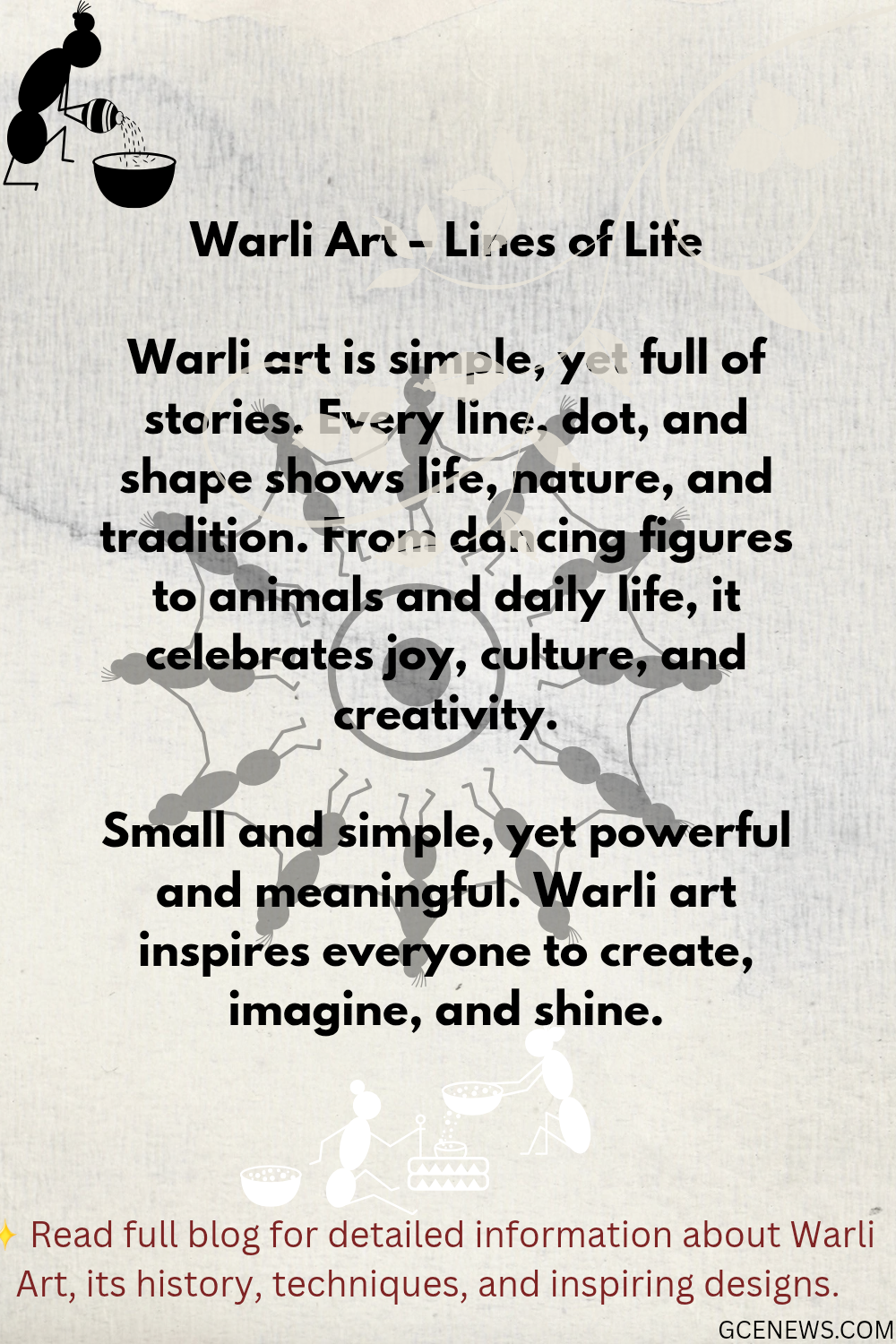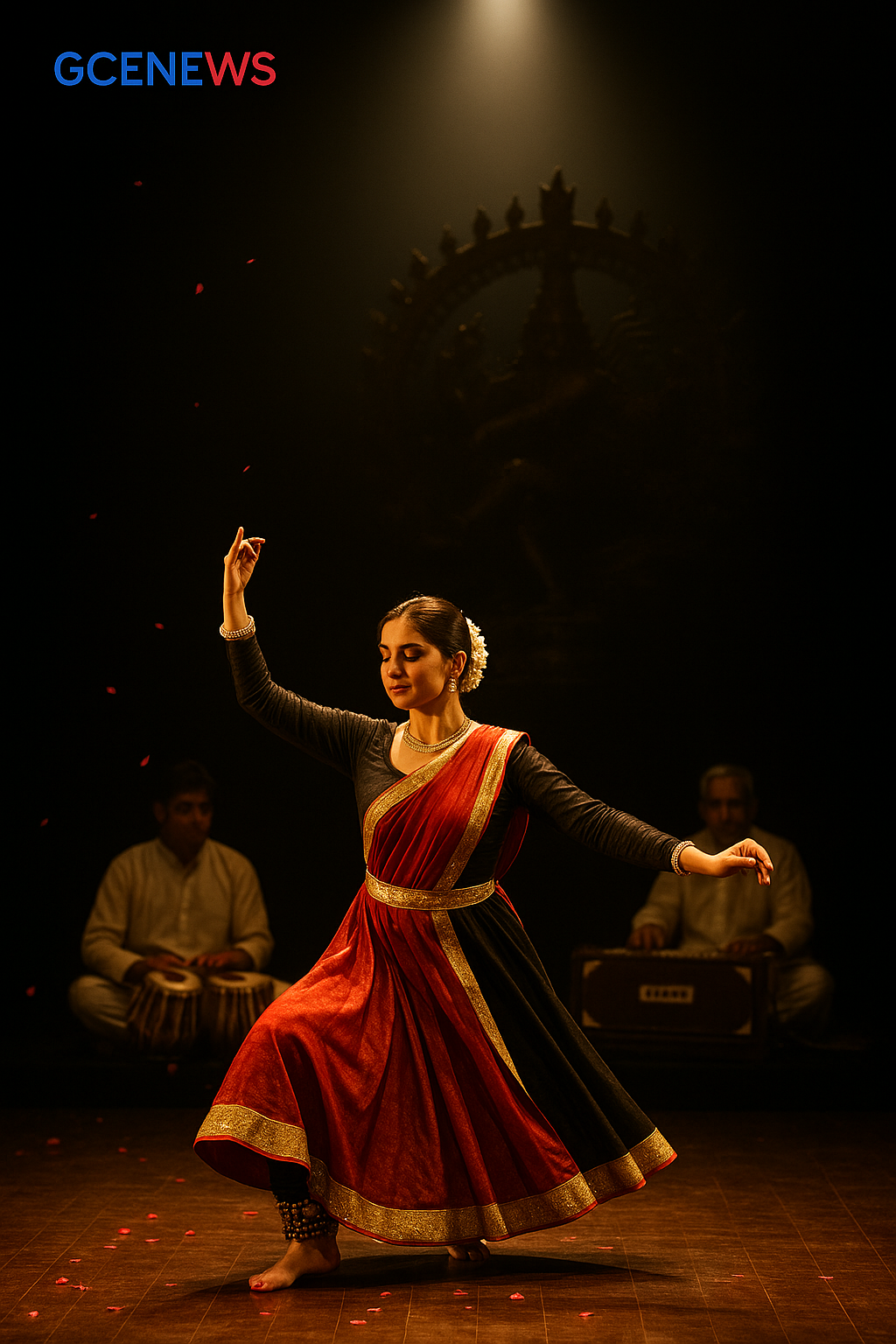The graceful journey of kathak episode 1

💃🕺The Graceful Journey of Kathak: From Temples to Global Stages
Hy guys, I am your writer and well-wisher. Today we discuss a new and interesting topic — one that’s deeply rooted in Indian culture and continues to inspire artists worldwide. Let’s explore the beautiful and rhythmic world of Kathak. So, stay tuned till the end as we dive into its rich history, current evolution, and timeless charm!
🌺 What is Kathak?
Kathak is one of the eight classical dance forms of India. The name “Kathak” comes from the Sanskrit word katha, meaning "story." The dance is a unique combination of storytelling, rhythm, facial expressions, and intricate footwork — all performed with the beat of ghungroos (ankle bells) and tabla.
📜 Origin & History of Kathak
Kathak has a divine and spiritual beginning.
-
Temple Dance: In ancient times, Kathak was performed in temples by Kathakars, the storytellers of mythological tales from the Mahabharata and Ramayana. They used gestures and expressions to narrate Lord Krishna’s stories — especially the Raas Leela.
-
Mughal Influence: During the Mughal era, Kathak shifted from temples to royal courts. It was refined and stylized into a more expressive and ornamental form. The dance absorbed Persian influences and focused more on technical footwork, spins (chakkars), and delicate expressions (abhinaya).
-
British Era: Under British rule, Kathak and other Indian art forms saw decline and were discouraged. But passionate artists kept the tradition alive in homes and secret gatherings.
🌟 The Present State of Kathak
Today, Kathak is a respected and globally performed classical dance. Here’s how it shines in modern times:
-
Institutes & Training: From Kathak Kendra in Delhi to private academies across India, students learn this art with dedication.
-
Women Empowerment: Though originally performed by men, now women dominate the Kathak stage, keeping its legacy alive with grace and power.
-
Global Fame: International dancers are also embracing Kathak, with performances in the USA, Europe, and beyond.
-
Fusion & Films: Contemporary artists blend Kathak with jazz, ballet, and modern music. Bollywood films like Mughal-e-Azam, Devdas, and Kalank show Kathak's magic beautifully on screen.
🌍 The Future of Kathak
Kathak is moving forward with a perfect balance of tradition and innovation.
- Online learning has opened doors for rural and international learners.
- Social media platforms like YouTube and Instagram are helping dancers share their art globally.
- New-age Kathak dancers are exploring themes like climate change, feminism, and peace through their performances.
💫 Final Thoughts
Kathak is more than just a classical dance form — it is a symbol of India’s storytelling tradition, spiritual devotion, and cultural pride. Whether you’re a performer, a student, or just an admirer, Kathak will always leave you mesmerized.
So, next time you hear the sound of ghungroos or watch a dancer twirl gracefully — remember, you’re witnessing a story that’s centuries old and still beautifully alive.
Thanks for reading!
If you enjoyed this blog, don’t forget to share it. I’m your writer and well-wisher, always here to bring you new stories and knowledge. Stay connected, stay inspired. ❤️




